Articles
SIRC articles provide evidence-based and actionable insights from sport researchers, athletes, coaches, sport organizations and thought leaders to advance sport in Canada.
Featured Article
Concussions in Sport: What Parents Need to Know About the Youngest Athletes
Each year in Canada, more than 200,000 athletes experience a concussion. The numbers are striking, and so is the fact that until recently, the youngest athletes were almost absent from research and public conversation about these injuries. Dr. Miriam Beauchamp is a professor at the University of Montreal, a researcher at Sainte-Justine Hospital, and Canada…
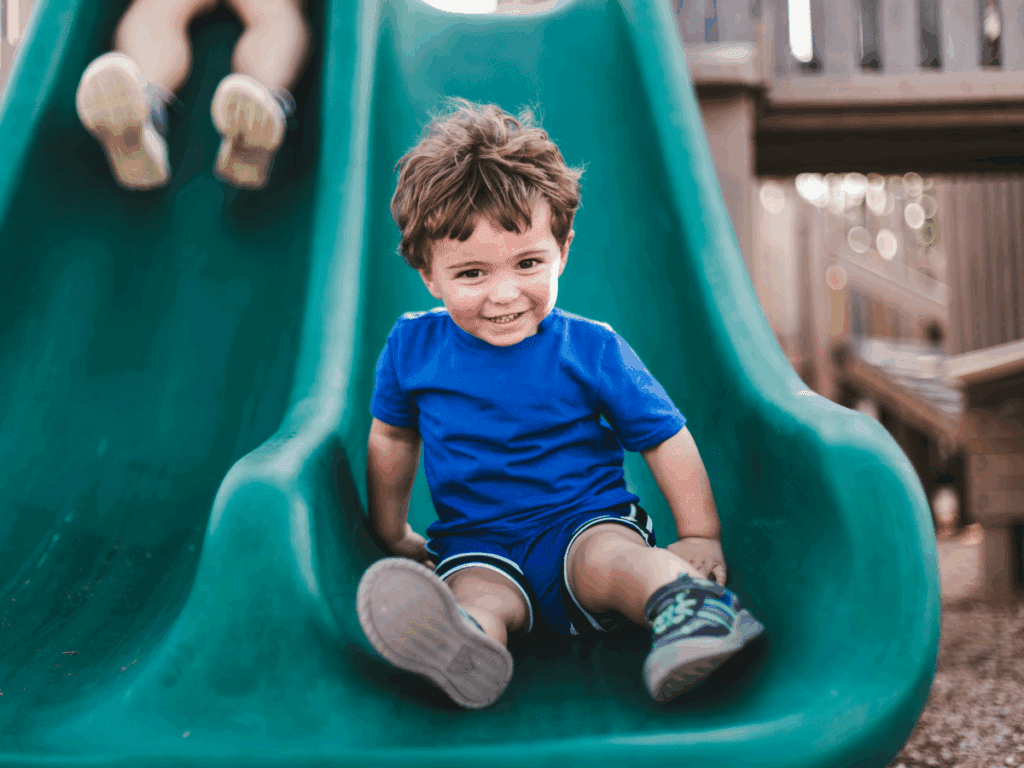
Search Articles

Athletes are travelling more than ever, flying across the world for competition and training. Even competing in the same country can require travelling through multiple time zones. At a time when athletes want to be in peak form, jet lag...
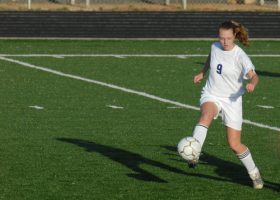
The Greater Incidence of ACL Injuries in Females: Risk Factors and Prevention
October 4, 2017
| Lily Dong, SIRC
The anterior cruciate ligament (ACL) is one of the ligaments inside the knee joint. Connecting the femur (thigh bone) to the tibia (shinbone), it limits the forward translation of the tibia to prevent it from sliding too far forward, and...

Sport Participation Research Initiative: 10 years in review
October 3, 2017
| Katherine Tinkler, Senior Advisor, Policy and Planning – Insight, Sport Canada
The purpose of this presentation by Sport Canada was to provide an overview of the retrospective analysis of the first 10 years of the program encouraging sport participation research in Canada. The review was intended to understand: Amount of research...

Canadian Paralympic Committee Pathway Research Strategy
October 3, 2017
| Jenny Davey and Jenn Bruce
In today’s rapidly changing sport landscape, it’s critical to make every decision count – and make sure every dollar has impact. Many organizations are seeking ways to use data to inform decisions and assess outcomes. But how exactly do you...

Concussions … Together We Can Make a Difference
October 3, 2017
| Debra Gassewitz, CEO, SIRC and Dr. Ann Pegararo, Laurentian University
This article presents a case study of how stakeholder collaborations can maximize engagement. The case is based off of a collaboration between the Sport Information Resource Centre and Dr. Ann Pegararo from Laurentian University exploring an analysis of social media...
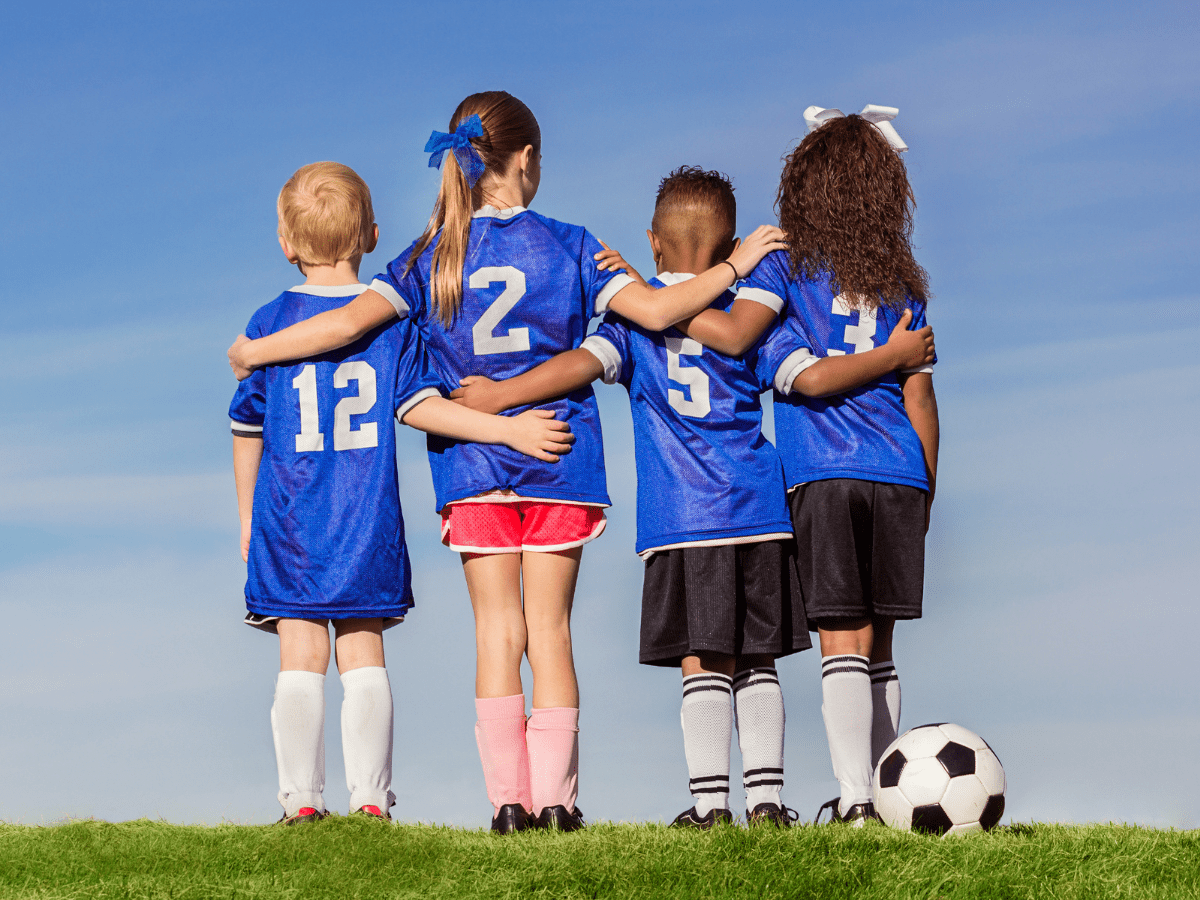
Two Steps Forward, One Step Back: Changing? The Culture of Sport Hazing in the 21st Century-January 2018
October 3, 2017
|
Hazing is a complex issue that is entangled in the culture and tradition of Canadian University sport. Hazing is defined as an event created to establish a team’s social hierarchy by humiliating, degrading, abusing and/or endangering newcomers regardless of a...
Sports Experiences of Lesbian, Gay, Bisexual and Transgender Athletes
October 3, 2017
|
This study aims to gain a better understanding of the sports experience of lesbian, gay, bisexual and transgender (LGBT) athletes. There is very little Canadian data so far on the reality of LGBT athletes. However, all existing studies on the...
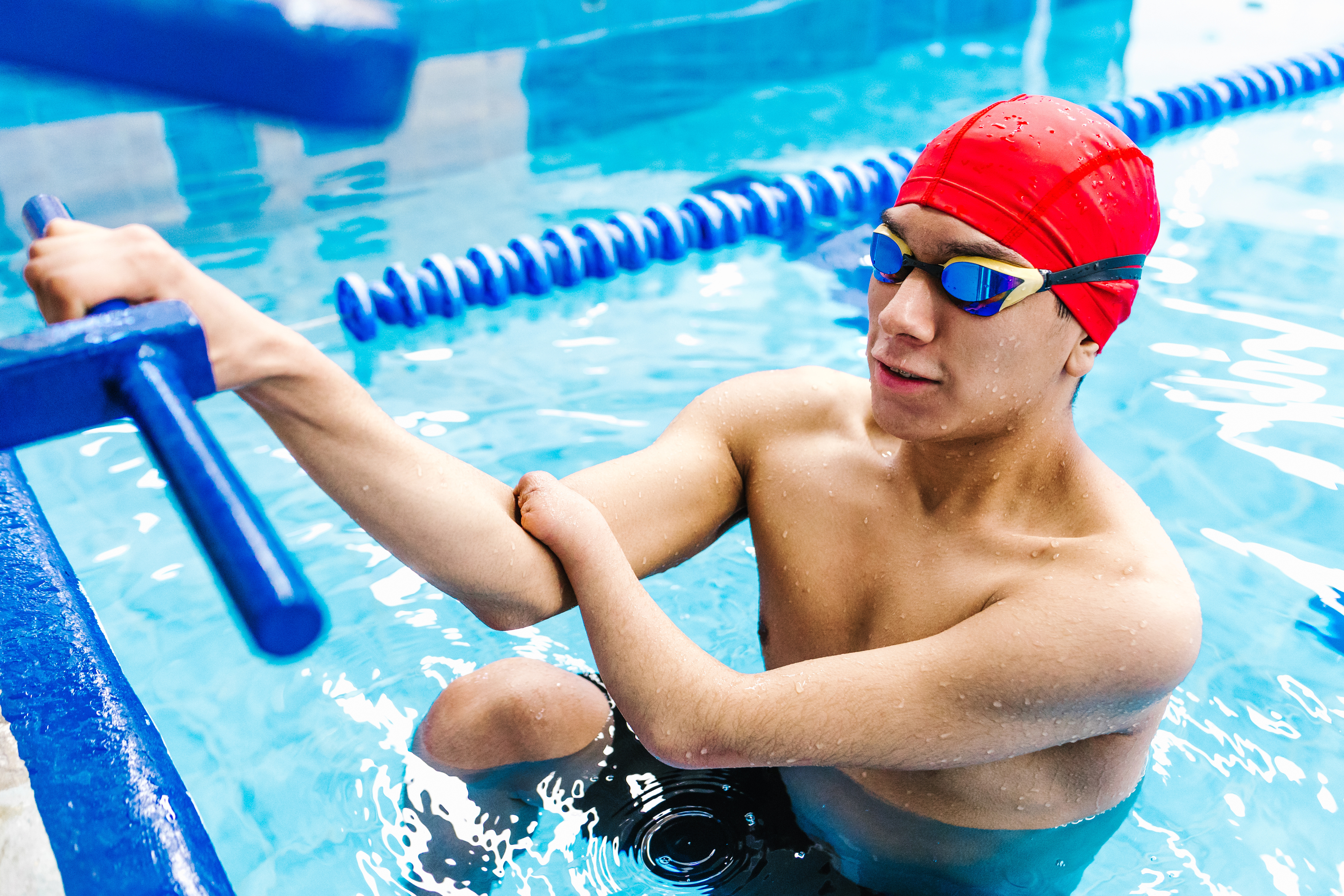
Leveraging parasport events for sustainable community participation
October 3, 2017
|
View the summary of this research here. The aim of this project was to examine how the hosting of different forms of sport events for persons with disabilities were being leveraged to create opportunities for community participation, and influence community...
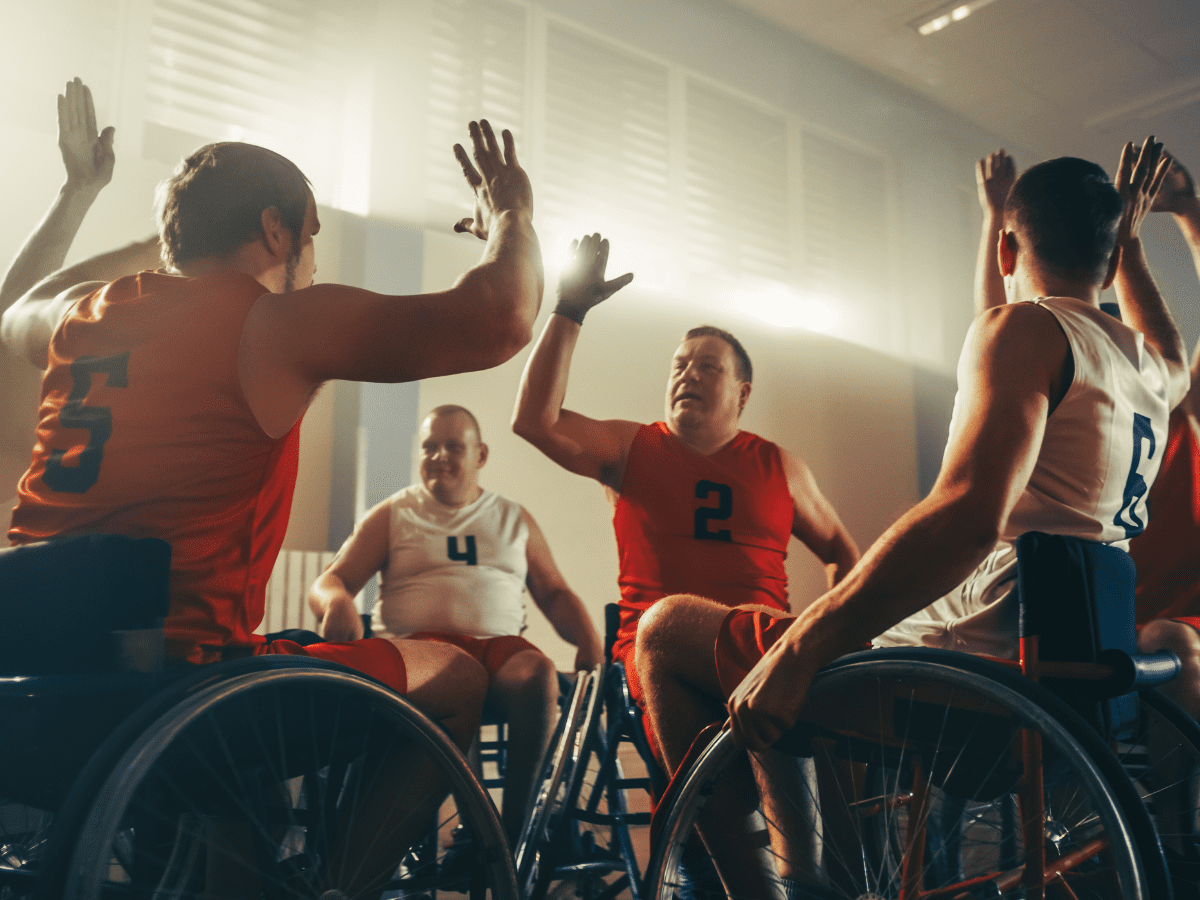
Inclusion in the Field(s) of Dreams?
October 3, 2017
| Nancy Spencer-Cavaliere
The purpose of this project was to explore issues surrounding segregated sport for people with impairments and to address the question of whether or not segregated sport perpetuates inequity (Fay & Wolff, 2009). The specific objectives included: (1) Identifying the...
Exploring Developmental Factors for Overcoming Relative Age Effects in Ice Hockey
October 3, 2017
|
Relative age effects (RAEs) are developmental advantages experienced by those born in the early months of the year relative to an age-defined cut-off date (Barnsley et al., 1985). In sport and educational settings, RAEs tend to endure, resulting in an...